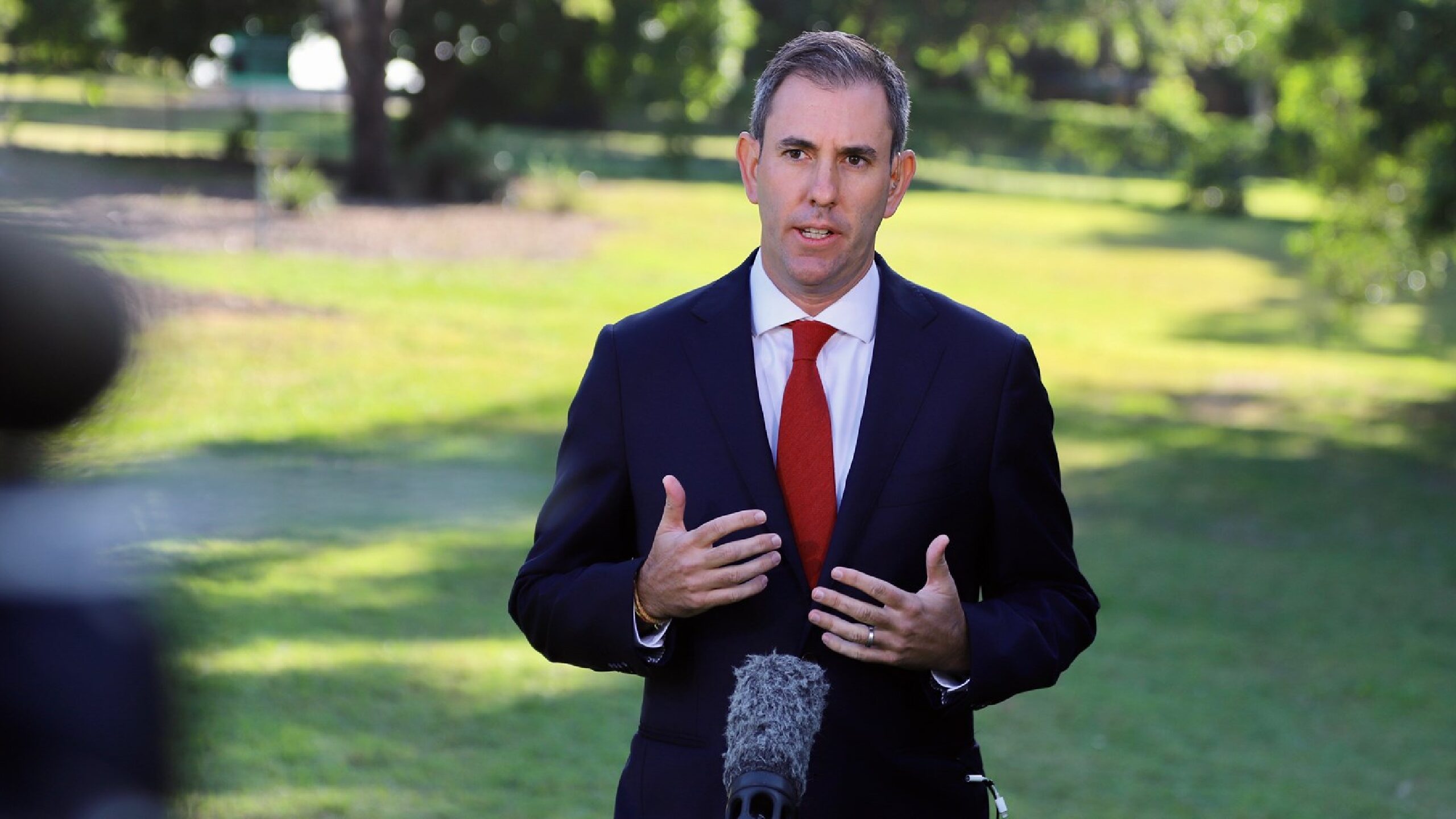More women in the workforce pushing up average retirement age: KPMG
The age of retirement is rising – a trend unlikely to change – and is largely due to the increased participation of women in the workplace.
A KPMG report, titled When will I retire? says women now retire around 65 years of age compared with 60.9 in 1978. Over the same period their life expectancy has risen from 79 at age 45 to 86.1 years in 2019.
But for men the retirement age has hardly moved the dial, from 64 in 1978 to just over 65. But their life expectancy has risen dramatically from 73.3 at age 45 to 82.5 in 2019.
There are myriad factors at play, not the least being Government policies making it more attractive and feasible for women to remain at work during their 20s, 30s and early 40s such as paid parental leave (for both men and women), access to affordable childcare and early childhood education.
More broadly, these policies reflect a rapidly changing society in which there is an increased focus on gender equity. Significantly, it’s not just driven by changing notions about what is “fair” but by the increasing realisation at a business level that workplace gender equality improves national productivity and enhances economic growth.
There are other factors at play contributing to an increase in the expected age of retirement, as the report highlights. They are:
- A shift towards service-based jobs and away from more physically demanding jobs, allowing people to work longer.
- Strong labor market conditions help retain older workers in jobs.
- Changing societal attitudes towards older workers; 70 is the new 60 syndrome.
- An increasing trend towards part-time work among older workers.
- With COVID came enhanced capacity for flexibly – hours and location. It’s now the norm for many employees with a potential consequence being an increase in the retirement age.
Another important trend identified in the report is the growing number of older people transitioning from full-time to part-time work before retiring has become more common.
“We often think of retirement as someone leaving their job with no intention of returning. However, a person who retires from a full-time job may continue to work part time before retiring for good.
“Older people may also temporarily retire from the labour force and return to full-time or part-time employment in the future.”
No different from the economic benefits derived from workplace gender equality, this shift towards part-time employment is a positive. “Experienced workers remain productive and older people retain income, social interaction and intellectual stimulation. It may even benefit younger workers who can gain from the experience of older people.”
That’s the positive spin to the report. On the downside, women are still retiring with smaller superannuation balances compared with men.
The KPMG report, The Gender Superannuation Gap – Addressing the Options, found that in the years approaching retirement, the gender superannuation gap between men and women can be between 22 per cent and 35 per cent.
The median superannuation balance for men aged 60-64 is $204,100 compared with $146,900 for women, a gap of 28 per cent. For people aged 55-59 years old, the gender gap is 33 per cent; and in the 45-49 age group, the gender gap is 35 per cent.
It’s not difficult to understand why. Women are still paid less than men in many industries, despite changing laws and attitudes. With lower pay comes smaller SG contributions, a reality that is compounded by broken work patterns primarily caused by having children and, more often than not, being the primary carer for ageing parents. [It’s estimated taking five years off work from 29 to 34 shaves $100,000 off women’s average retirement savings.]
This issue is being addressed in a piecemeal fashion such as the Labor Government’s decision to pay superannuation on Paid Parental Leave from 1 July 2025. But more needs to be done, with estimates suggesting this gap will still be a reality by 2060. Until this is rectified, it remains a major flaw in our superannuation system.









